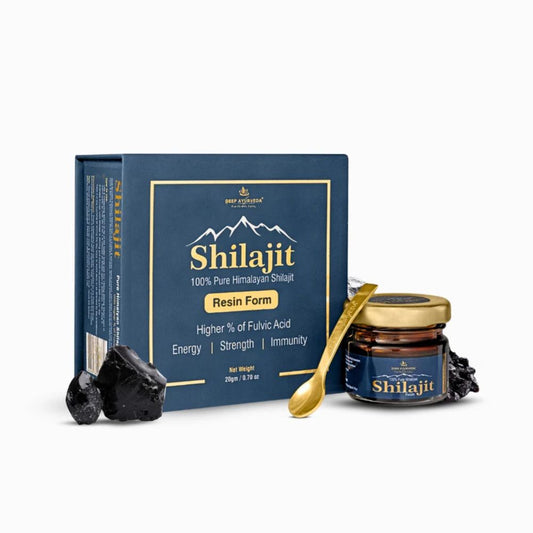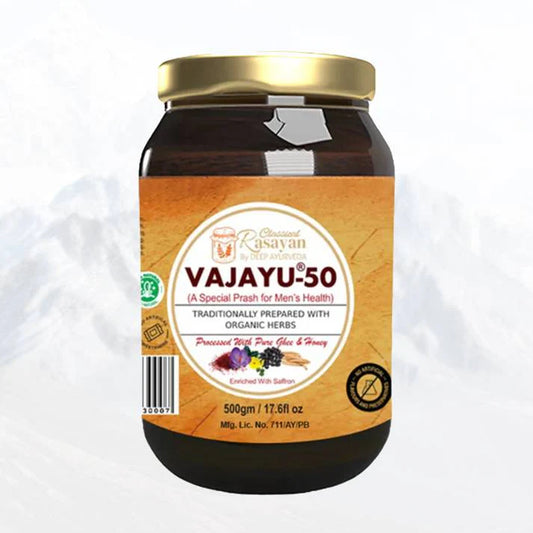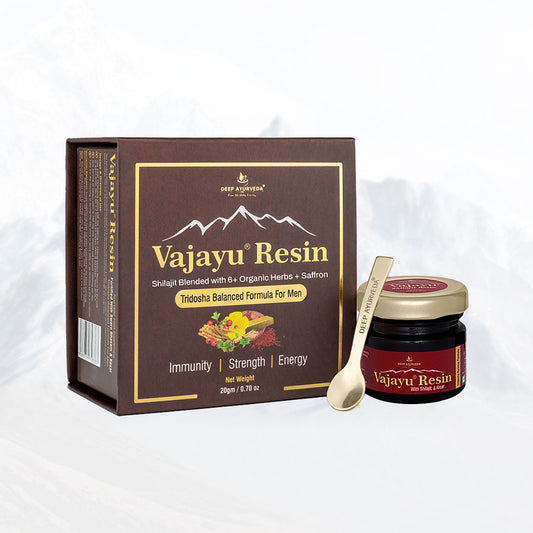If you’ve spent any time scrolling through wellness TikTok or health forums lately, you’ve probably come across something called Shilajit. It’s being hyped as a natural energy booster, stress reliever, and all-round vitality tonic. But what exactly is it? And more importantly — is Himalayan Shilajit really worth the buzz in Australia?
Let’s unpack the facts, traditions, and truths behind this ancient Himalayan resin that’s making waves down under.
What Exactly Is Shilajit?

Shilajit (pronounced shee-la-jeet) is a sticky, tar-like substance that seeps out from rocks in high mountain ranges — most famously, the Himalayas. It forms over centuries from slow decomposition of plants and minerals trapped in the rocky layers of these mountains.
Ancient Ayurvedic texts have called it “the destroyer of weakness” for thousands of years. Traditionally, it was collected, purified, and used as a rejuvenating tonic to improve stamina, memory, and longevity.
In short: Shilajit is nature’s mineral-rich exudate — packed with fulvic acid, humic compounds, and trace minerals that support energy metabolism and cellular health.
Why the Himalayas Matter

When people say “Himalayan Shilajit”, they’re not just name-dropping for effect. The Himalayas are considered the purest and most potent source because of their altitude and unique geology.
High altitudes (above 3000 metres) mean fewer pollutants and richer organic material compressed over centuries. The result? A concentrated resin with high levels of fulvic acid — one of the main compounds thought to drive Shilajit’s health effects.
That said, Shilajit can also be found in other mountain regions (like Tibet or Altai), but the Himalayan variety remains the gold standard in Ayurveda due to its mineral diversity and purity — when harvested and processed correctly.
What’s Inside: The Science Bit (Without the Jargon)
Pure Himalayan Shilajit contains:
-
Fulvic acid: Helps transport minerals into cells and supports energy production.
-
Humic substances: Natural antioxidants that may help reduce inflammation.
-
Trace minerals: Iron, zinc, magnesium, and selenium — all essential for daily health.
- Dibenzo-alpha-pyrones: Compounds believed to support mitochondrial energy.
In other words, it’s a natural complex of bioactive minerals and organic compounds that may help the body adapt to stress and improve vitality.
Potential Benefits — What the Research Suggests
Now, here’s where the hype meets science. Modern studies on Shilajit are still limited, but early findings (mostly from India and international research) suggest potential benefits such as:
-
Energy & stamina: Supports mitochondrial function, which could reduce fatigue.
-
Cognitive health: Some studies link fulvic acid to better brain performance and protection against cognitive decline.
-
Men’s health: May help balance testosterone levels and enhance performance, though results vary.
-
Anti-inflammatory & antioxidant effects: Helps protect cells from oxidative stress.
- Altitude adaptation: Traditionally used by mountain dwellers to increase oxygen efficiency at high altitudes.
Sounds great, right? But remember — most studies are small or pre-clinical. There’s no official approval yet from the Australian Therapeutic Goods Administration (TGA) for any medical claims.
So, think of it as a supportive supplement, not a magic pill.
Is Himalayan Shilajit Legal in Australia?
Here’s where it gets important for Aussie readers.
As of now, Shilajit is not listed on the Australian Register of Therapeutic Goods (ARTG). That means companies can’t legally sell or advertise it as a supplement for human use in Australia.
However, Australians can personally import it for personal use under the TGA’s “Personal Importation Scheme” — as long as it’s a small quantity for individual consumption, and not for resale.
⚠️ Key takeaway: You can order Himalayan Shilajit online for your own use, but local businesses in Australia cannot sell or market it as a therapeutic product.
Always check:
- That it’s clearly labelled and properly sealed.
- That it’s not a “raw resin” (unpurified Shilajit may contain heavy metals).
- That the supplier provides a certificate of analysis or third-party lab report.
Safety First: What to Watch Out For
Shilajit is natural — but “natural” doesn’t always mean safe.
Here’s what you need to know before buying or using it:
-
Contamination: Some unprocessed forms can contain harmful levels of lead, mercury, or arsenic.
-
Dosage: There’s no official recommended daily dose under Australian regulations. Overuse can stress the liver or kidneys.
-
Fake products: Sadly, there are many counterfeits online. Watch for resin mixed with charcoal or pitch.
-
Medical interactions: If you’re pregnant, breastfeeding, or on medication (especially for blood sugar or hormones), speak to your GP first.
If you’re ever unsure, look for purified Shilajit that lists the fulvic acid percentage (15–50% is typical for quality resin).
How Aussies Are Using Shilajit
Even though it’s not officially sold in Australian stores, many wellness enthusiasts import small jars or capsules from trusted sources overseas.
Common ways people use it:
- A small pea-sized resin dissolved in warm water or milk
- Capsule form for easier use
- Mixed in smoothies or herbal tonics
People often describe the taste as earthy or smoky — definitely an acquired flavour!
Again, keep in mind: this is for general wellness and energy support, not a substitute for medical treatment.
How to Choose Quality Shilajit (Without Getting Scammed)
If you’re thinking of buying Shilajit online, here’s your mini-checklist:
Source transparency: The brand should clearly mention Himalayan origin and purification process.
Third-party lab testing: Genuine Shilajit includes heavy-metal and microbial test reports.
Fulvic acid percentage: Look for between 15–50%. Anything without this info is a red flag.
Packaging: Resin should be sealed in glass jars or airtight containers, not foil pouches.
Customer reviews: Focus on detailed experiences, not just “5-star great!” reviews.
And always remember — if the deal looks too good to be true, it probably is.
The Australian Wellness Perspective
What makes Shilajit’s rise interesting is how it bridges ancient Ayurvedic wisdom with modern wellness culture. Aussies are becoming more open to holistic and natural health — yoga, herbal teas, adaptogens — and Shilajit fits neatly into that trend.
But the difference between using it safely and being misled by marketing is knowledge.
So rather than chasing viral claims about “instant testosterone boost” or “superhuman energy,” think of it as a mineral-rich tonic that might complement your wellness routine — if used responsibly.
Frequently Asked Questions
1. Is Himalayan Shilajit better than others?
Generally yes, if it’s authentic and purified. The Himalayas are considered the original and most potent source.
2. How long does it take to work?
Most users report subtle benefits after 2–4 weeks of consistent use, but this varies widely.
3. Can women use it too?
Absolutely. It’s not gender-specific — it supports energy and metabolism in both men and women.
4. Any side effects?
When pure and used in moderation, side effects are rare. Overuse or impure products can cause nausea or dizziness.







